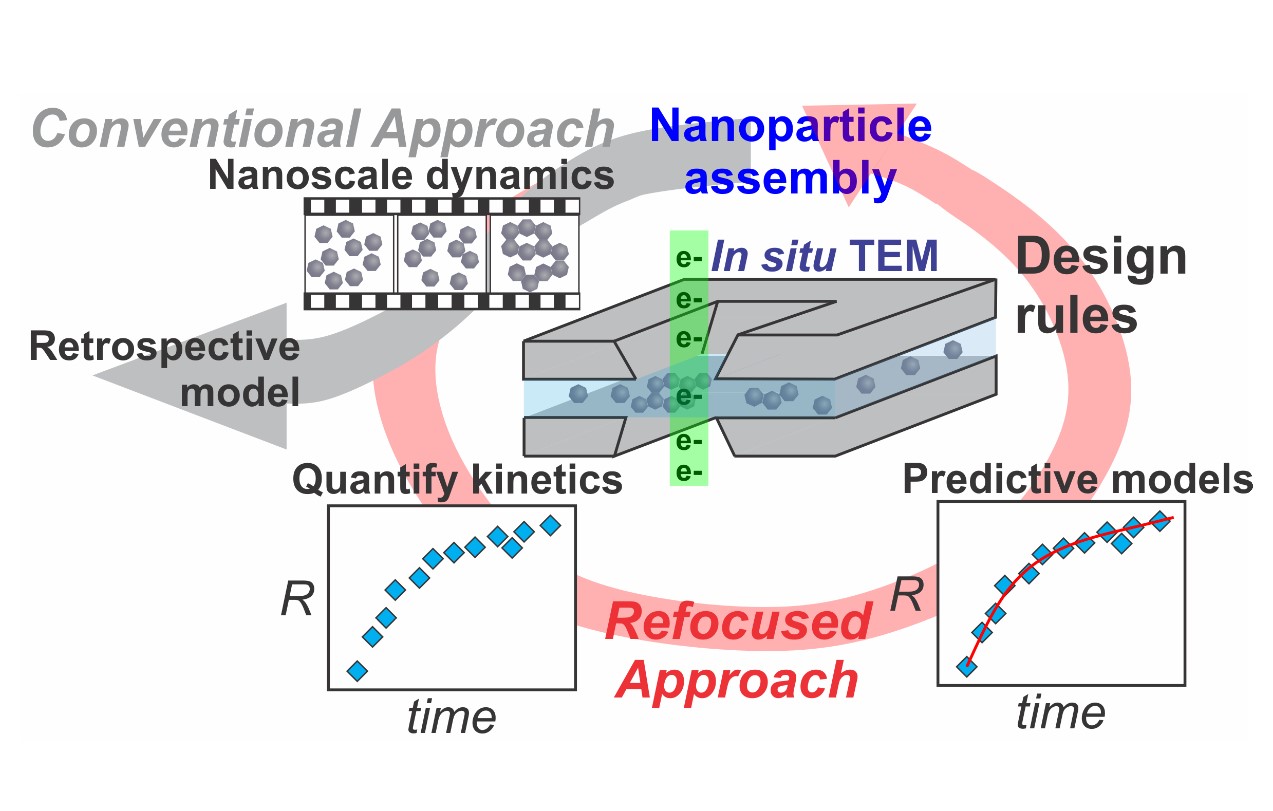News Story
Sprayable Hydrogel Shows Promise for Overcoming Drug Delivery Challenges

Researchers from the University of Maryland’s Fischell Department of Bioengineering (BIOE) and Robert E. Fischell Institute for Biomedical Devices have developed a first-of-its-kind sprayable hydrogel that could transform how medicines are delivered to the lungs, nose, and other mucosal tissues. This research, led by BIOE Associate Professor Gregg Duncan, BIOE Assistant Research Professor and Fischell Institute Young Investigator Fellow Taj Yeruva, and Professor and Chair of the Department of Chemical and Biomolecular Engineering Peter Kofinas, has been selected for the cover of Biomaterials Science and appeared in the journal’s 16th issue this month.
Mucosal tissues, which line the eyes, lungs, gastrointestinal tract, and reproductive system, are highly desirable routes for delivering therapies because of their accessibility and rich blood supply. They are also naturally designed to flush away foreign substances within minutes, creating a major challenge for long-lasting drug delivery.
To address this problem, the Duncan Lab developed a new hydrogel built from polyethylene glycol (PEG), a safe and widely used polymer. When sprayed in liquid form, the gel sets within 30 seconds, forming a soft, adhesive patch that clings to the mucosal surface and steadily releases medicine. Unlike conventional nasal sprays that dissolve within hours, the team demonstrated that their hydrogel could remain in the nasal cavity of mice for up to a week, holding therapeutic compounds in place long enough to maximize their effect.
“Many conditions affecting the lung require therapies delivered directly to these tissues, but it has been difficult to achieve treatments that last long enough to be effective. We developed a biomaterial that not only stays in place but also safely degrades over time, providing extended drug release exactly where it is needed.”
-Gregg Duncan
“Many conditions affecting the lung require therapies delivered directly to these tissues, but it has been difficult to achieve treatments that last long enough to be effective,” Duncan explained. “We developed a biomaterial that not only stays in place but also safely degrades over time, providing extended drug release exactly where it is needed.”
The study showed that the hydrogel is flexible and effective for carrying different types of medicines. It steadily delivered protein-based drugs over several hours and was able to keep nanoparticles in place for much longer, lasting at least a full day in lab tests and up to a week in the nasal cavity of mice. This balance comes from the gel’s structure, which allows smaller drugs to move out slowly while holding larger particles until the material naturally breaks down. The hydrogel also stuck firmly to mucus-lined tissues, a key advantage for use in the lungs and other areas where medicines are often cleared away too quickly. The material was able to repair itself after being stretched or stressed, regaining its strength without losing effectiveness. Together, these qualities make the hydrogel a strong option for delivering drugs that need to last and stay in place inside the body
The lab’s decision to focus on nasal delivery was shaped by insights gained through the National Science Foundation’s I-Corps program, where pharmaceutical industry leaders emphasized the need for improved intranasal drug delivery systems.
Looking forward, Duncan’s team is developing a specialized spray device to optimize delivery of the hydrogel, supported by a UM Ventures Medical Device Development Fund grant. Beyond respiratory health, the researchers see potential for broader applications, including women’s and reproductive health, where similar challenges with mucosal drug delivery persist.
Published September 15, 2025





